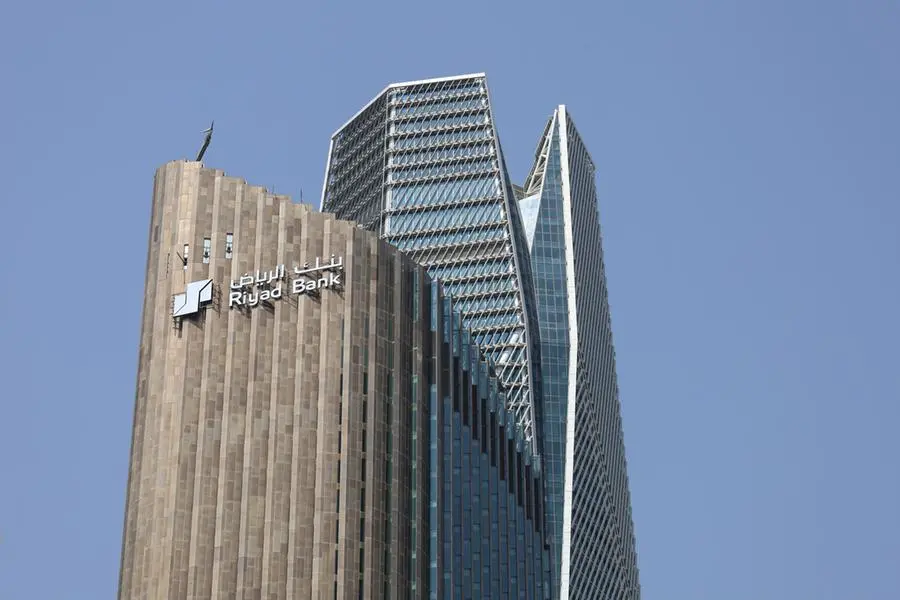PHOTO
East African Community member states are trading more with countries outside the bloc owing to persistent trade disputes and non-tariff barriers (NTBs), which are choking intra-regional trade as well as undermining the regional integration agenda.
Disclosures by the EAC Secretariat through its final draft Trade and Investment Report (2022) shows a new trend where member countries are doing increased business with the West African countries, Japan, USA, India, China and the United Arab Emirates (UAE).“Despite achieving the above integration milestones, intra-EAC trade remains low at 15 percent in 2022 due to, among others, the imposition of non-tariff barriers (NTBs) by partner states. The persistence of NTBs continued to negatively affect intra-EAC trade,” says Peter Mathuki, Secretary-General, EAC Secretariat.
Read: Intra-EAC trade slumps after execution of 35pc tax on imports“Nevertheless, efforts have been put in place to resolve the existing NTBs and encourage partner states to refrain from imposing new ones in line with the commitment under the EAC Customs Union Protocol. The Secretariat in collaboration with partner states will work towards addressing barriers that impede trade with the objective of increasing Intra-EAC trade in the coming years.”So far, the EAC has resolved 23 out of 33 NTBs.
Provisional data shows that EAC imports from the UAE surged by 81.9 percent to $8.01 billion in 2022 from $4.4 billion in 2021 and imports from India increased by 20.9 percent to $5.85 billion from $4.84 billion in the same period.
EAC’s total imports from China grew by 16.6 to $10.98 billion from $9.42 billion while imports from the US increased by 15.7 percent to $1.51 billion from $1.31 billion.
Imports from the rest of the world grew by 19.1 percent to $53.89 billion in 2022 from $45.25 billion in 2021, whereas imports from Common Market for Eastern and Southern Africa (Comesa) grew by 18.5 percent to $4.64 billion from $3.92 billion.
On the other hand, EAC’s total exports to the Economic Community of West African States (Ecowas) region increased by 48.5 percent to $136.1 million in 2022 from $91.6 million in 2021 while exports to Japan increased by 35.9 percent to $188.2 million from $138.5 million in the same period.
Read: EA trade deficit widens on cheaper exports, dearer importsExports to Africa increased by 10.7 percent to $8.93 billion from $8.06 billion.
Total intra-EAC trade grew by 11.2 percent to $10.91 billion in 2022 from $9.81 billion in 2021 but the percentage share of the intra-EAC trade to EAC total trade stood at 15 percent in 2022.
Kenya and Uganda, for example, have had trade disputes running for years after Kenya impounded milk from Uganda and banned the imports of the commodity.
In addition, Kampala has threatened to stop procuring oil through Kenya from January 2024 as part of its protests of being left out by Nairobi in the government-to-government petroleum deal with Gulf nations.
Uganda claimed Kenya’s decision has made its supplies vulnerable and exposed its citizens to expensive pump prices.
The draft EAC Trade and Investment report (2022) also shows that EAC member countries continued to import sensitive goods from outside the bloc because of insufficient production capacities locally.
This has caused difficulties in the implementation of the revised EAC Common External Tariff because of constant requests for stay of applications by the concerned partner states.
Read: EAC businesses fault lengthy tariff talks for slow trade under AfCFTAThe major sensitive goods that were imported from the rest of the world included wheat, sugar, worn items of clothing, rice, worn items of footwear, and maize.“Over the past three years, the importation of sensitive goods from the rest of the world has been increasing and there is a need to increase their domestic production to curtail the importation of these goods from outside the community,” says the report.
The EAC adopted a new four-band tariff structure which came into force on July 1 2022 with hopes that the revised tax regime will eliminate the frequent use of SOAs by partner states and help promote intra-regional trade, investments and employment creation.
Under the revised tariff structure, raw materials and capital goods attract zero per cent import duty, intermediate products not available in the EAC region (10 per cent), intermediate products available in the EAC region (25 percent) and imported finished products (35 percent.
Sensitive items attract a duty higher than 35 percent.
Last year, EAC member states started to trade with other African countries outside the bloc under the African Continental Free Trade Area (AfCFTA) following the conclusion of negotiations on the rules of origin which significantly reduces tariffs on goods moving within the continent.
Read: Here is the biggest hurdle to AfCFTA take-offMember states are also strengthening bilateral relations with India. For example, in 2021 the Indian Economic Trade Organisation and the India Africa Trade Council organised the India-EAC Summit in New Delhi.
This is to help build up bilateral business relations between India and the countries in the EAC region including Uganda, Kenya Tanzania and Rwanda. © Copyright 2022 Nation Media Group. All Rights Reserved. Provided by SyndiGate Media Inc. (Syndigate.info).























